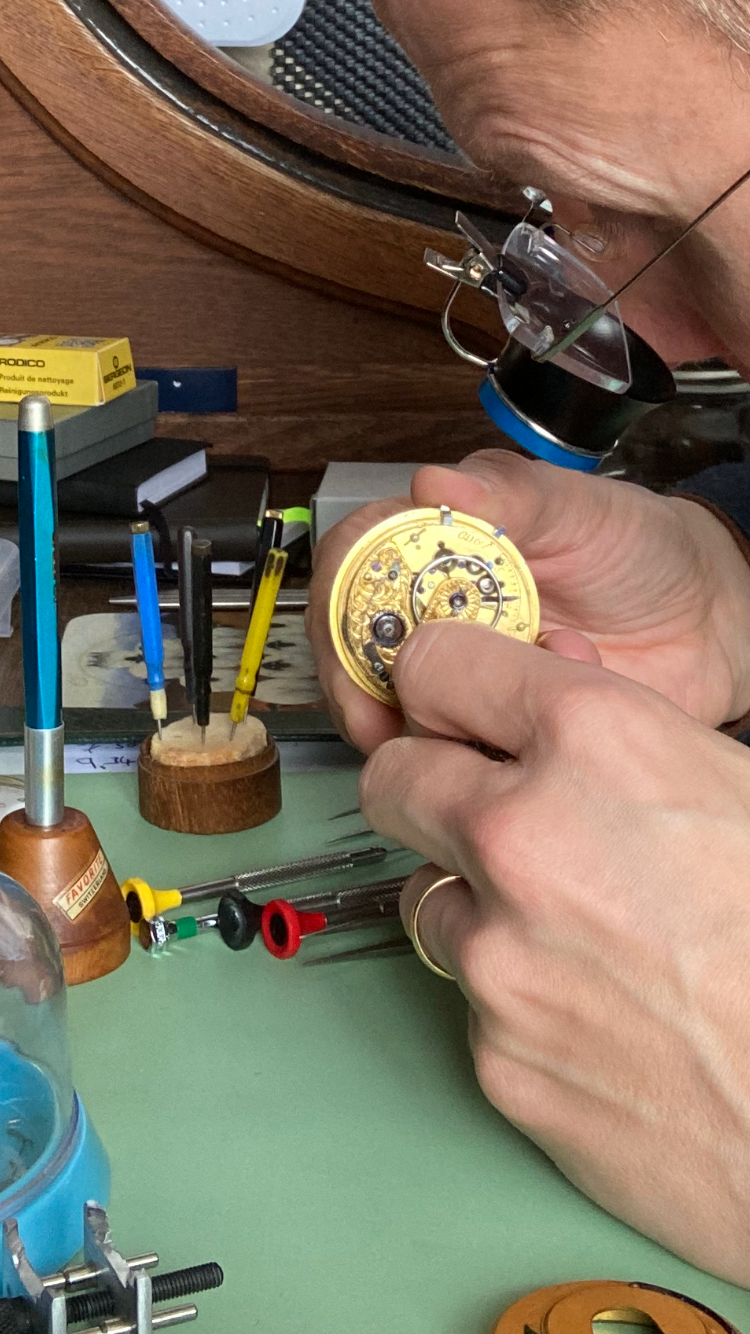Setting spring replacement - heat treatment?
-
Recently Browsing
- No registered users viewing this page.
-
Topics
-
Posts
-
By Neverenoughwatches · Posted
Now thats a real man's tool press 👍. I have one just like it in my back garden for when just CANT fix a watch . Its not something i have had to do yet, @Waggybut wouldn't any type of press be able to do this ? What about an adapted chain link extractor work or a micrometer with some sleeve pushers made to slot over the ends. @Waggy Found something that could work Scott, comes with different size pins and pushers. Only bit that would need making is a round former to support the inside of the case, a piece of stout timber, bit of oak or mdf might do it. What i like about this one is the pin is pushed in, its in a sliding sleeve so it doesn't turn while its being driven. This has 4 pin sizes and 3 stumps as well so it will come in for other applications, the pins could be adapted to take other accessories from jewelling tools. I've just ordered one myself for some play time. -
So I purchased this one based on my case number being listed. (Unless my case number is incorrect. The last digits are faint)
-
By HectorLooi · Posted
I have the same tool from AliExpress and get the same anxiety when when using it. But you have to admit it looks awesome on your tool shelf. Makes you look like a pro. 🤣 Looking at the photo of the Horotec tool, it looks equally flimsy. It probably comes from the same factory. I was thinking of using the pushers supplied with the tool and making a hand tool from a cranked jeweller's punch. I'll grind off the tip of the punch and drill a hole at the end to fit the pusher in. The cranked shank would be able to clear the watch case give a straight in-line axis to exert force to tap the pendant tube out. Should be robust enough to last several lifetimes. I wonder why nobody makes it. 🤔 -
It reminds me of Ukrainian eBay sellers of Russian watches. More often than not the listings include the phrase "Serviced by Master Watchmaker". Of course, they never are, and it should be expected. It's the most corrupt country in Europe, definitely on par with Russia. Today our tiny country (Sweden) sent them another $1 232 255 518 with no accountability whatsoever for how the money will be used.
-
Now that is taking it a bit far. You are going to need a bloody big workshop.
-







Recommended Posts
Join the conversation
You can post now and register later. If you have an account, sign in now to post with your account.
Note: Your post will require moderator approval before it will be visible.